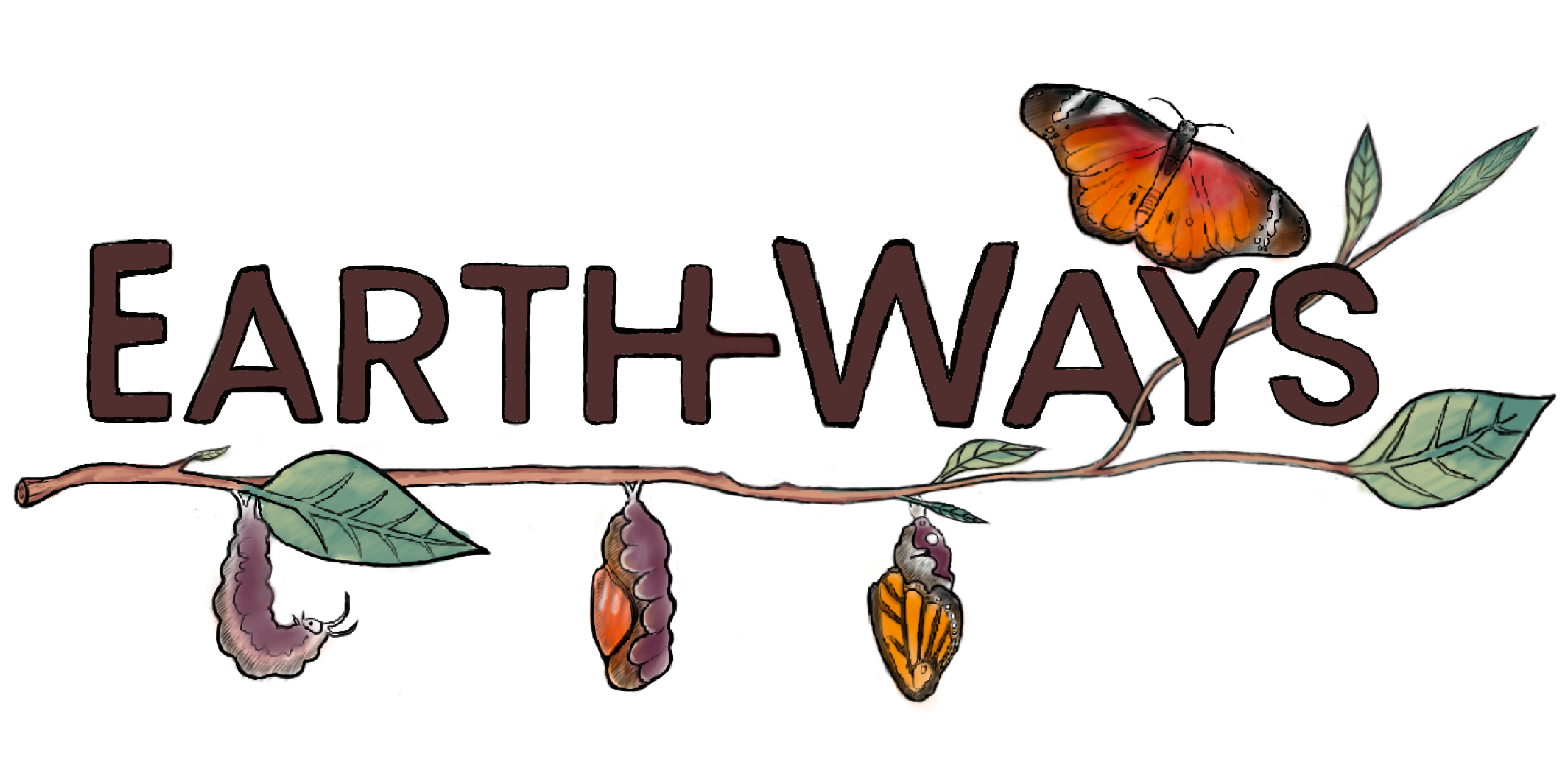For us, regenerative learning is an ongoing learning process, a reflective effort to openly and listeningly engage in nature's conversation and find a language for this.
A process where we examine how our own self-narrative and the language and worldviews that form the basis of this narrative shape us, and that in a deep continuous reflection we are aware of how our inner and outer maps mutually influence and reflect each other.
Regeneration comes from the Latin regenerationem, 'to regenerate', to restore or rebuild oneself. So regenerative learning means learning to recreate, to rebuild, to re-establish life-supporting relationships with nature, with the earth and with each other.
Nature has a remarkable ability to regenerate itself if given the opportunity. Regenerative learning therefore fundamentally means regenerating trust in nature and in life in all its diversity.
Nature's regenerative ability and potential is a crucial process for maintaining the health and balance of the ecosystems that support life on Earth. Nature has the capacity to heal itself and regenerate ecosystems over time. A high level of biodiversity in an ecosystem gives it greater resilience and regenerative capacity, as a rich diversity of plant and animal species means there are more ways to adapt and compensate for disturbances.
Some will therefore think that we should simply leave nature to itself. But that is a false premise, because nature is not something outside of us. Nature is our origin, our habitat, a whole that we are a part of and embedded in with our senses, our breathing and our metabolism. We are nature.
And we can also be considered a 'keystone species' – a key species that plays an absolutely decisive role for the balance of an ecosystem, and on which many other species are directly dependent for survival. The current ecological crisis shows this with frightening clarity, emphasizing more than ever the need for us to recognize and understand this role and obligation. As the only species on Earth, we have the ability to choose how we want to live. We have the opportunity to use this unique and naturally-given ability to choose to recreate rather than destroy the possibilities for all life on Earth. If we understand that ability and accept that commitment, we can co-create and support nature's regenerative capacity and, through our actions, help to promote life and restore habitats of wondrous beauty and diversity.
Taking on that responsibility requires a changed approach and an understanding that it is not enough to simply try to minimize our negative impact on nature. Instead, we must learn to maximize our positive impact. For us, it means, in short, learning to give more than we take in our relationship to the earth, to nature and to each other.
Such a shift in our approach requires a fundamental shift in our way of thinking and acting, since the entire history of Western civilization, especially the last 500 years, is built on taking, on exploiting, exploiting and plundering nature. The industrial revolution fundamentally changed man's relationship with nature and, with its dependence on fossil energy sources, became defining for the society we have today. The fossil era has now crossed most planetary boundaries, and we are on the threshold of a new one that will necessitate an equally fundamental change in our way of life, a regenerative revolution based on a thorough understanding of the Earth's ecological carrying capacity and in balance with nature's regenerative capacity.
A new regenerative era, where learning to act regeneratively first of all requires a new way of thinking, a new paradigm, a new mindset. It is about a new view of man and nature, whether we consider nature as a source from which we simply obtain raw materials or as a source from which we can also obtain wisdom, inspiration and knowledge. And it is about creating a new narrative that can guide and support how we transform our thought and action patterns in practice, so that our culture's impact on Earth goes from being predominantly destructive to being healing and regenerative.
It also implies a shift from a reductionist to a holistic approach. From an anthropocentric to an ecocentric framework of understanding that does not place human goals above those of nature, but has co-creation between human and natural ecosystems as its goal and fundamental principle. A regenerative approach to reality must be based on this and require the will and ability to think in wholes – see wholes before parts, ask for context and connections, value relationships, interactions and cycles and recognize that living wholes cannot be reduced to the sum of their individual parts.
So what does it mean more concretely to think and act regeneratively? The regenerative way of thinking begins with the soil and the plants and an understanding of how their symbiotic relationship forms the basis of all life on Earth.
With the help of the sun's energy, the plants/trees utilize atmospheric CO2 and convert it into carbon-based sugars, which, in addition to being used for its own growth, it sends down into its roots, where it shares it with the myriads of microorganisms and fungi that lives underground. They, in turn, help to release nutrients in a form that the plants/trees can absorb.
Although the underground micro-life is invisible to the naked eye, it is absolutely essential for life above ground. So acting regeneratively means first and foremost creating the best conditions for plant growth by increasing biodiversity both above and below ground wherever possible. Seen in the light of the climate crisis, this means maximizing the photosynthetic capacity to fix carbon.
We can metaphorically say that thinking regeneratively means thinking like a cherry tree and acting like a cherry tree. It does not think of limiting its flower and fruit set, when year after year it adorns itself with an extravagant abundance of flowers and berries. It generously shares its abundance, spreads its seeds and creates the basis for new life, because in nature's cradle-to-cradle cycle nothing goes to waste.
